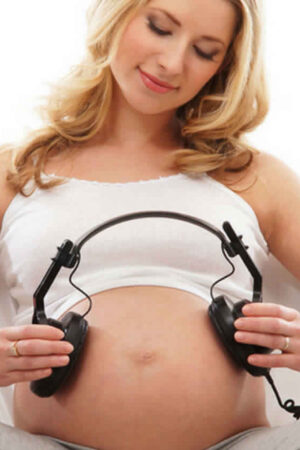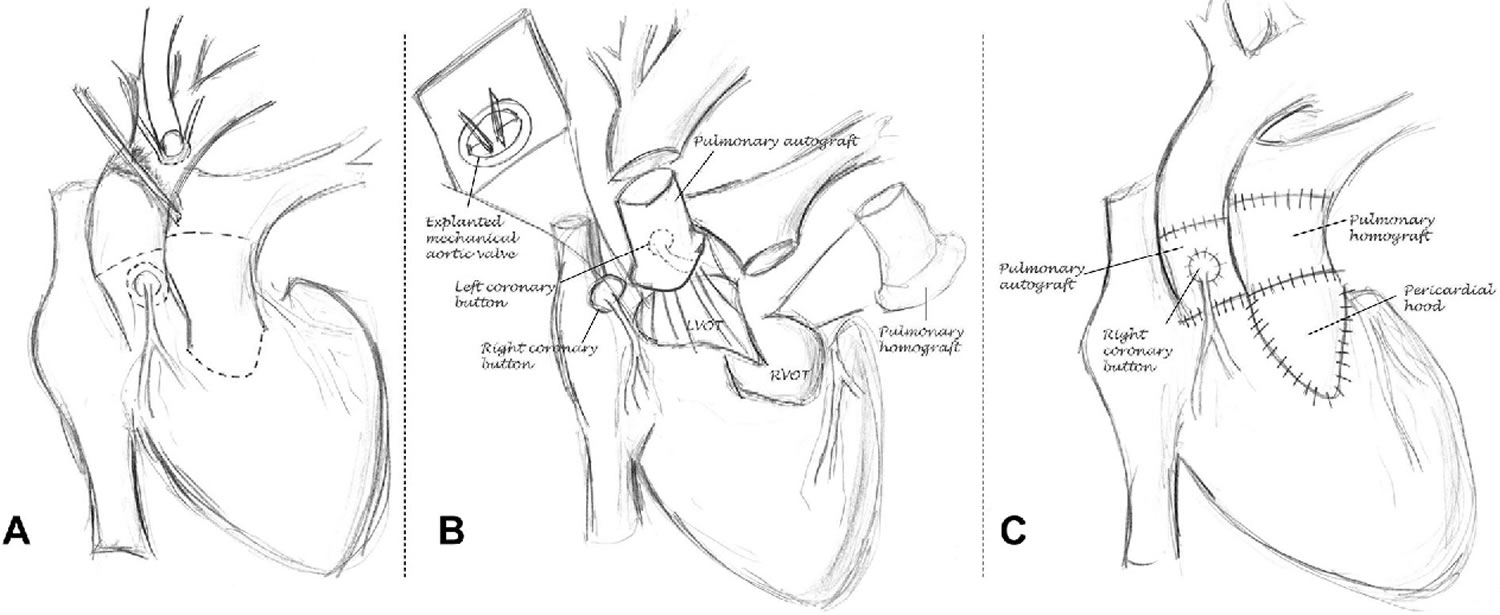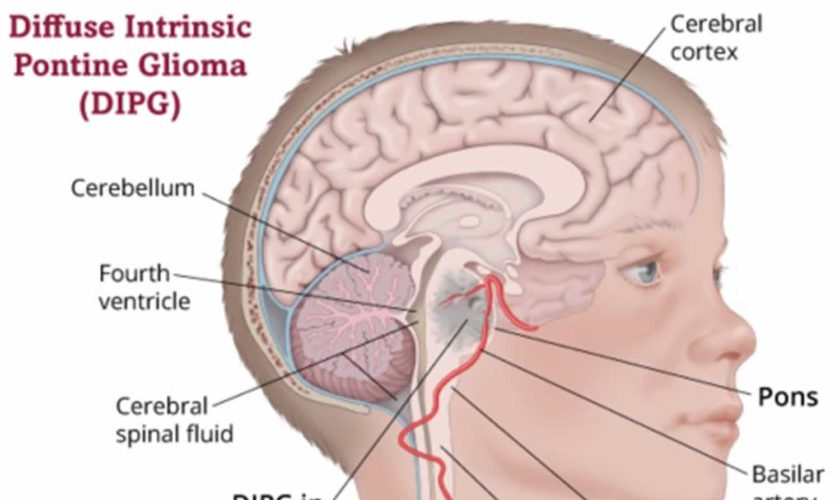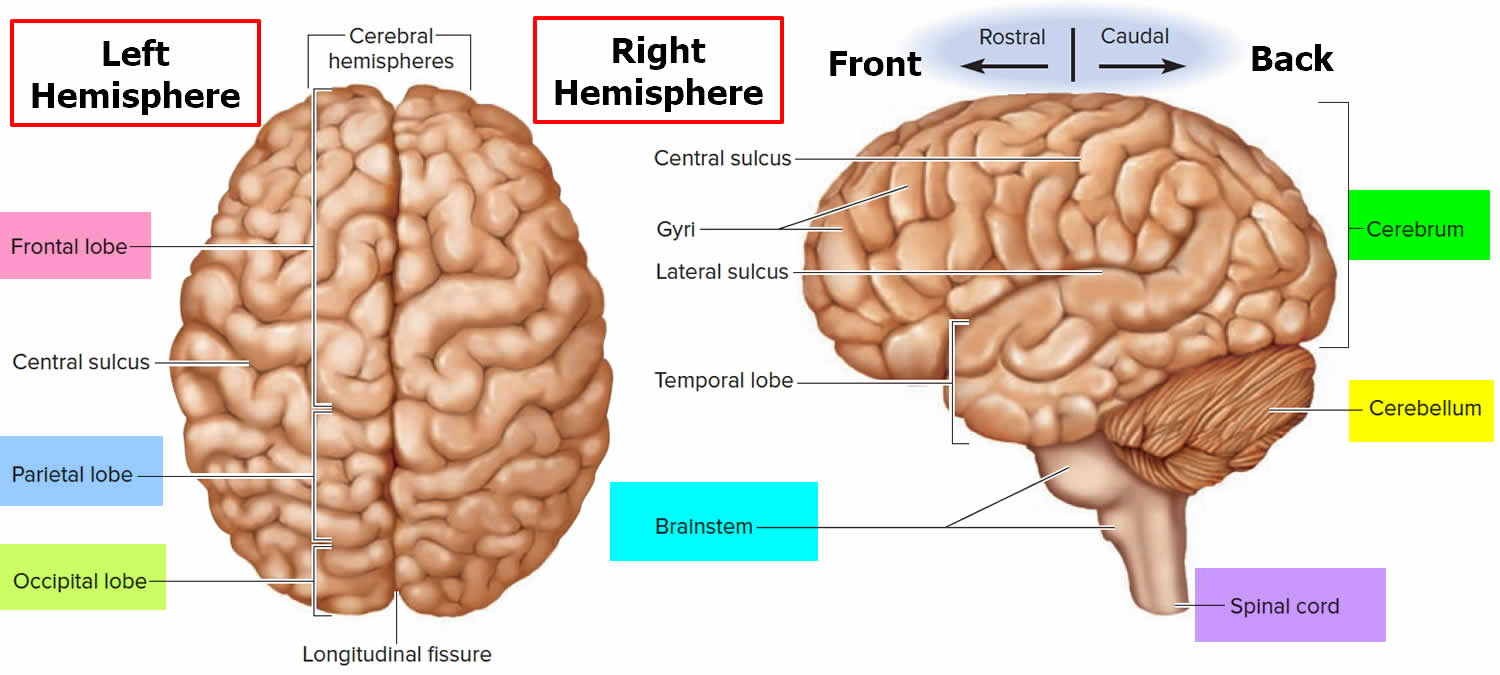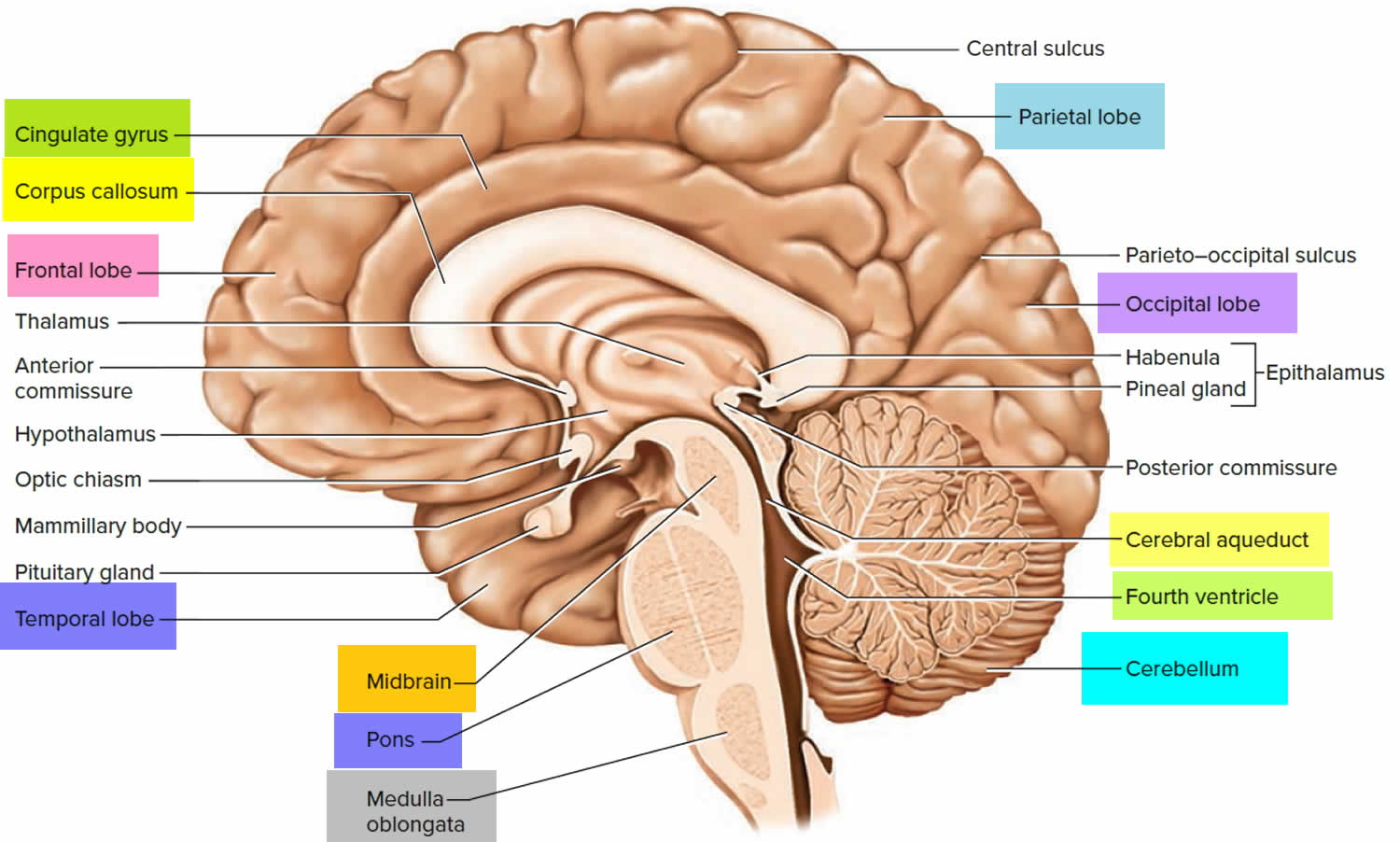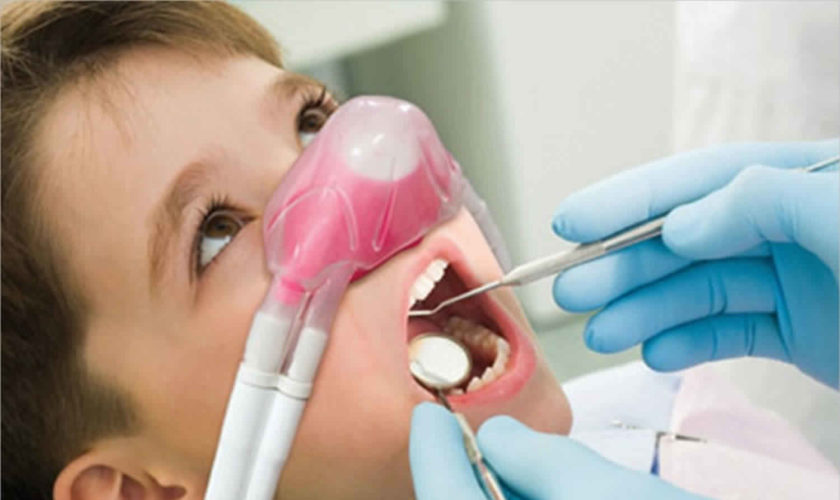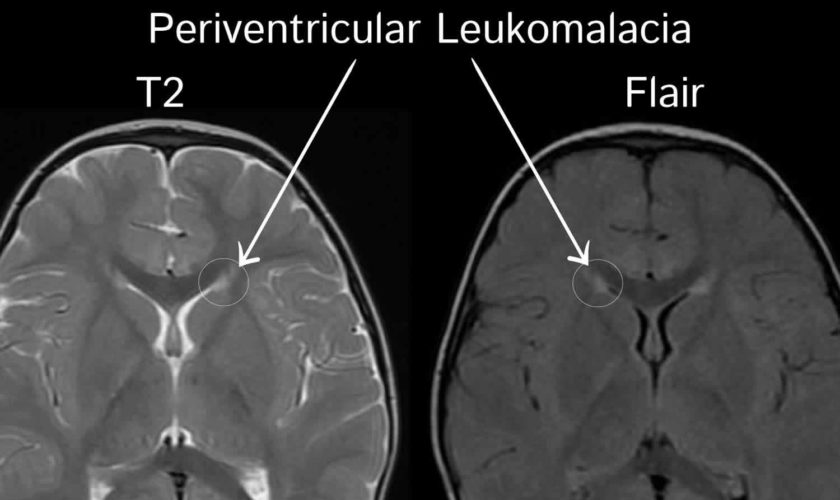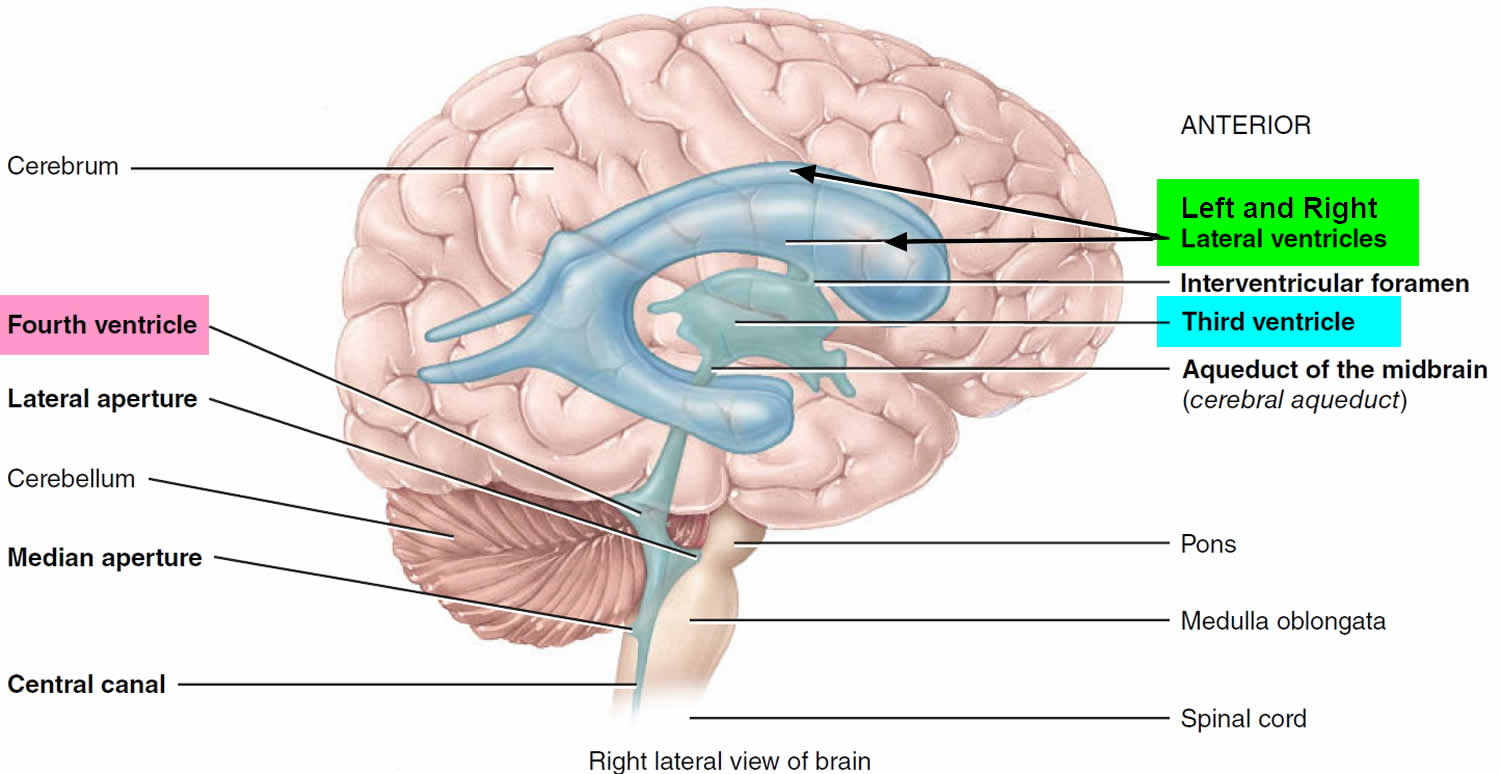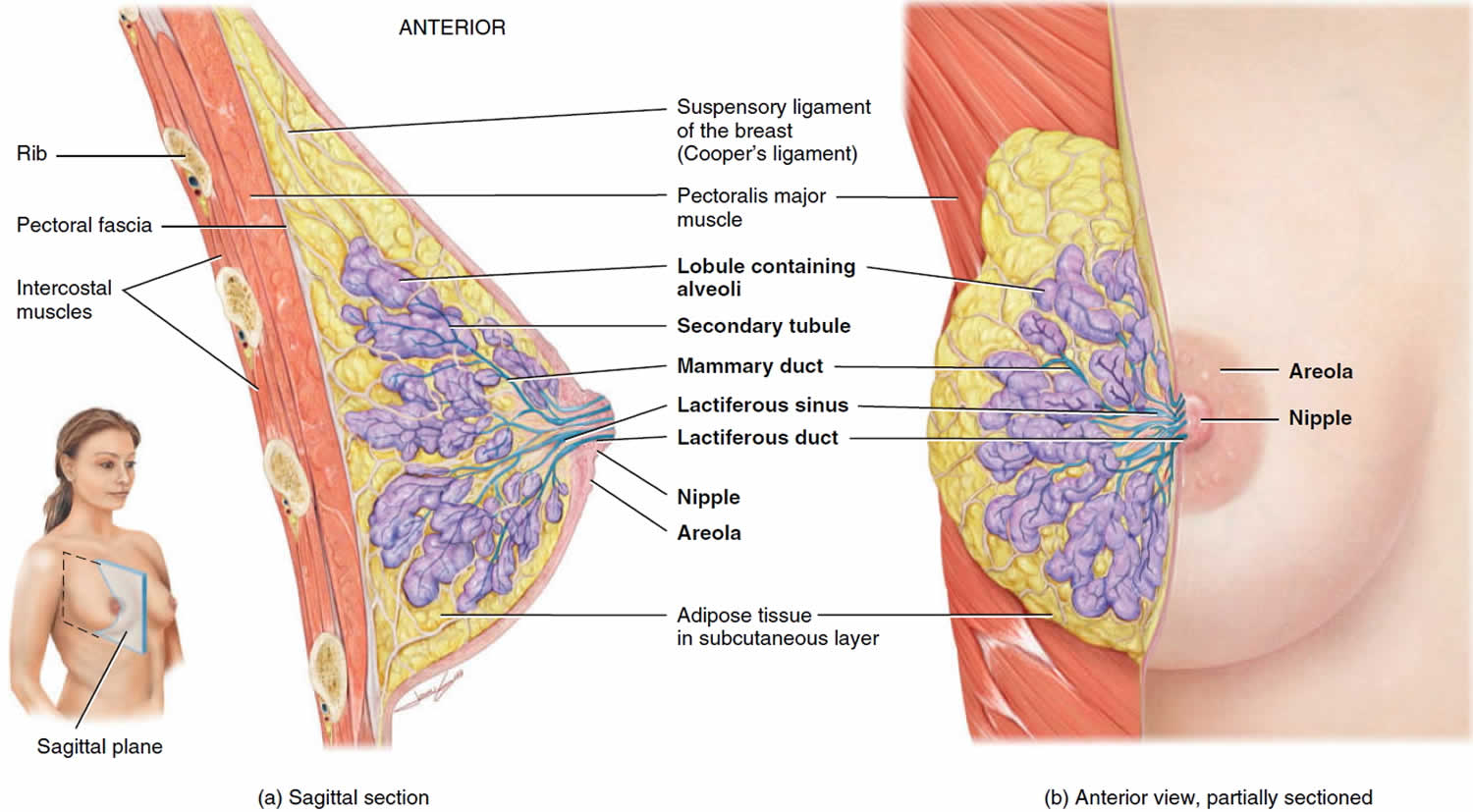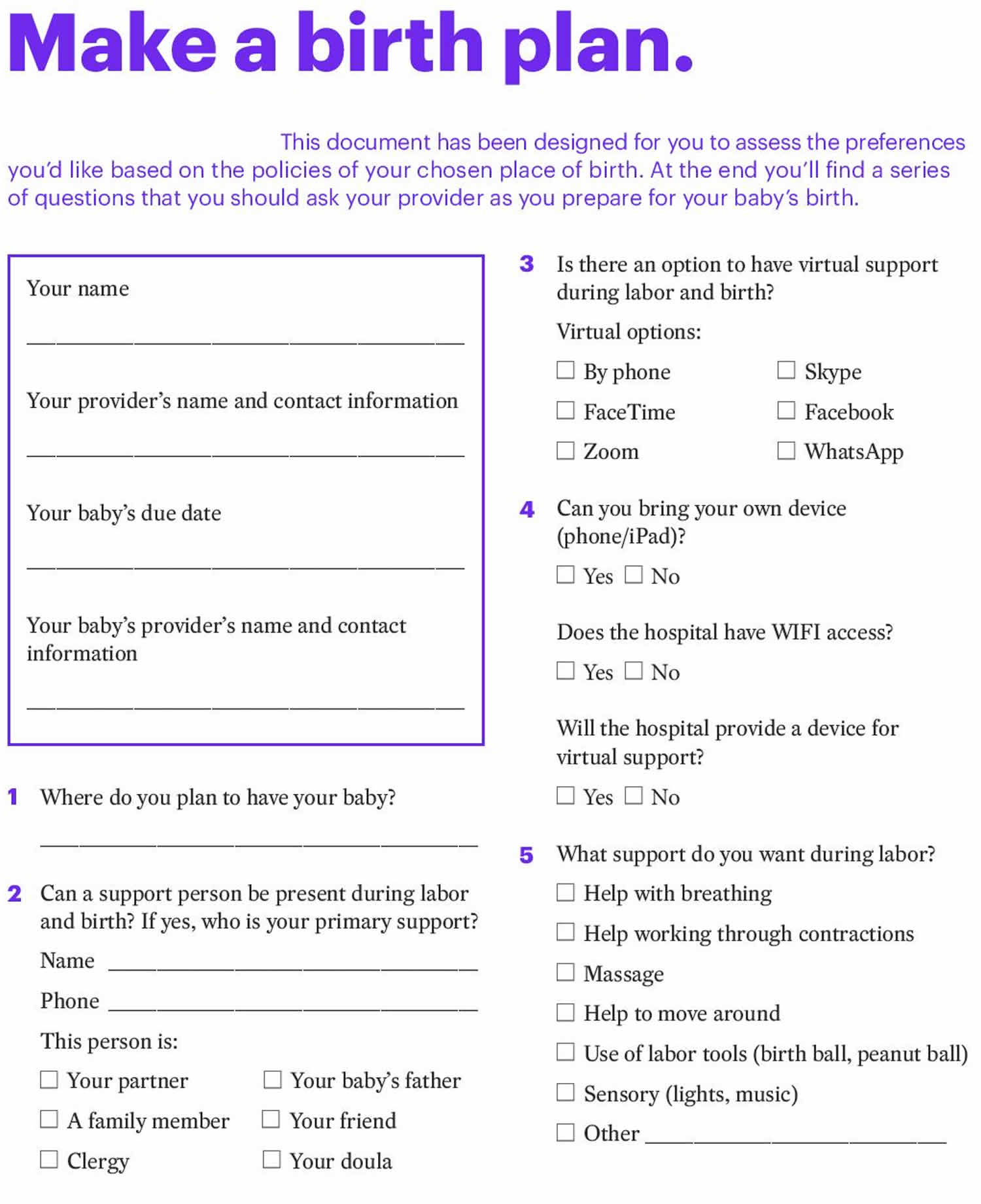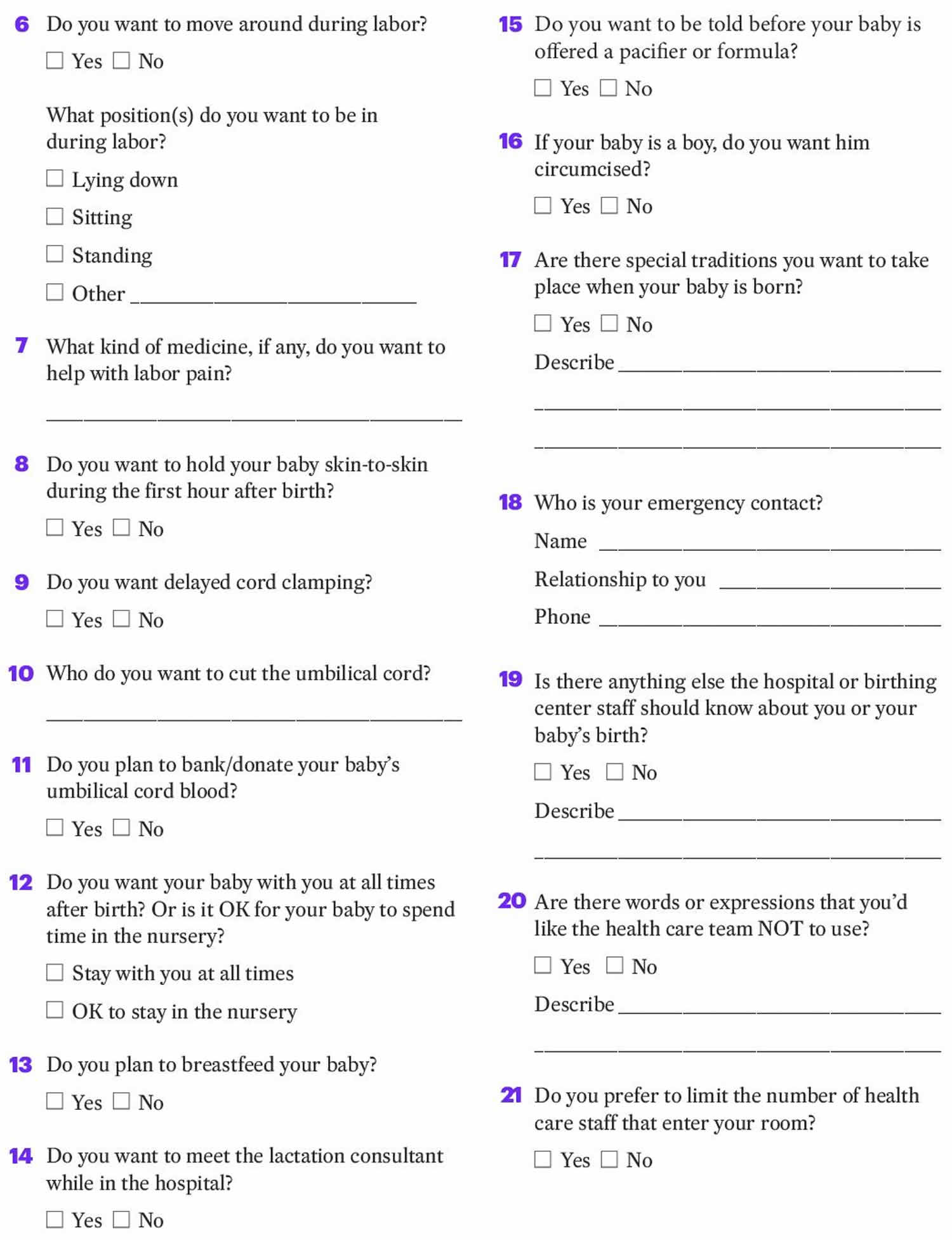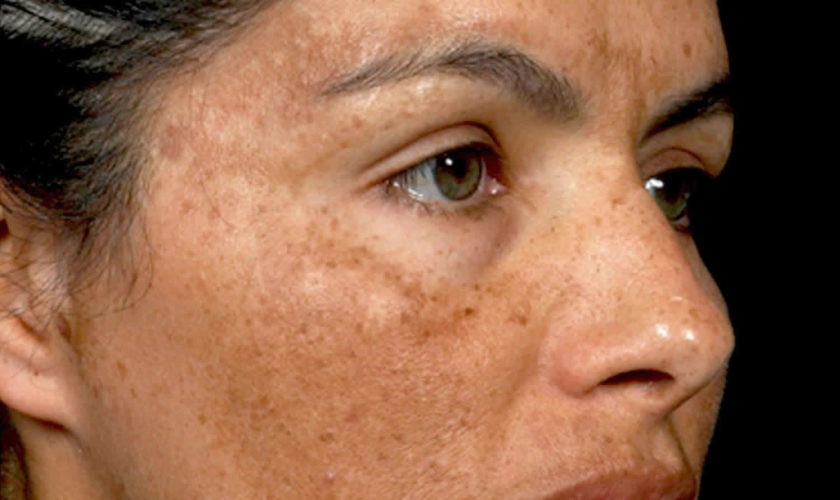Ross Konno procedure
The Ross–Konno procedure is a last resort heart procedure for patients with complex multilevel left ventricular outflow tract obstruction often having other cardiovascular anomalies such as severe annular hypoplasia and a dysplastic aortic valve 1). Recently, the Ross-Konno procedure has found application as the initial procedure in patients with an interrupted aortic arch or after primary repair in patients with a severely restricted subaortic area, hypoplastic aortic annulus, and bicuspid valve 2). The Ross–Konno procedure consists of using the patients’ pulmonary valve as a neoaortic autograft (Ross procedure), combined with the opening of a narrowed left ventricular outflow tract (LVOT) by incising the outflow septum. Patients in need of a Ross–Konno procedure often have accompanying congenital anomalies, such as coarctation of the aorta, an interrupted aortic arch and ventricular septal defects (VSDs). Careful patient selection is important in predicting the success of the Ross–Konno procedure, especially in patients with a borderline left ventricle (LV) and/or endocardial fibroelastosis. The capability of the autograft to grow with the child is one of the main advantages of the Ross–Konno procedure in infants and children. Downsides of the Ross–Konno operation are the need for reoperations for the right ventricle to pulmonary artery (RV–PA) conduit and possible dilatation of the autograft root 3).
The Ross-Konno procedure increases our therapeutic choices for neonates or infants with critical aortic stenosis who show unacceptable results following open valvotomy or balloon valvotomy 4). Some newborns with critical aortic stenosis, a hypoplastic aortic annulus, and significant endocardial fibroelastosis can be effectively treated with the Ross-Konno procedure and resection of endocardial fibroelastosis, thus avoiding single ventricular palliation.
The Ross-Konno procedure allows easy access to the left ventricular myocardium for resection of endocardial fibroelastosis, normalizing the left ventricular outflow tract and the long axis of the left ventricle 5). It can be performed earlier in life, thus avoiding repeated surgical reinterventions, which may provide only short-term palliation and potentially exacerbate ventricular function 6).
It is unclear whether the use of the Ross-Konno procedure at an earlier age alters the natural history of complex left ventricular outflow tract disease. It is also not known whether the risk of late reoperation on the neoaortic valve is higher if performed in the neonate, infant, or child, due to aortic root sinus dilation and valve distortion over time. Based on experience from arterial switch operations for transposition of the great arteries, the neonatal pulmonary valve might be able to adapt rapidly to the aortic position. Long-term changes in left ventricular mechanics await further study. Despite the technically demanding nature of the operation, the Ross-Konno procedure is the method of choice for the multilevel type of left ventricle outflow tract obstruction, especially in newborns and infants 7).
The Ross–Konno procedure remains a high-risk procedure. In a case series 8), the early mortality rate was 12.5%. This is consistent with a recent report by Vergnat et al. 9), reporting an early mortality rate of 10.2%. Adriaan et el 10) found preoperative poor LV function to be a risk factor for early mortality, which was also found by Vergnat et al 11). Others have reported more positive early mortality outcomes. Aszyk et al. 12) described their experience with 16 patients under the age of 1 year undergoing the Ross–Konno procedure. They reported no early mortality 13). Maeda et al. 14). reported 1 early death in 24 patients operated under the age of 1 year.
Ross-Konno procedure can be performed early in life, thus avoiding repeated surgical reinterventions, which may provide only short-term palliation and potentially exacerbate ventricular function. The Ross-Konno procedure increases the therapeutic choices for neonates or infants with critical aortic stenosis who show unacceptable results following open valvotomy or balloon valvotomy. The pulmonary autograft demonstrates durability without the likelihood of developing aortic stenosis or progressive dilatation and a low incidence of developing aortic insufficiency.
Complex, multilevel left ventricular outflow tract obstruction (LVOTO) consists of a combination of a hypoplastic aortic annulus with or without a dysplastic aortic valve and diffuse subaortic narrowing, as frequently seen in Shone complex (a developmental complex of “parachute mitral valve,” supravalvular ring of left atrium, subaortic stenosis, and coarctation of aorta) 15), after primary repair of an interrupted aortic arch or in congenital aortic valve stenosis. Initial palliation aims to relieve the critical level of obstruction. This may involve open/balloon aortic valvotomy, and/or subaortic membrane and muscle resection 16). Often this initial approach might avoid a more extensive operation in the first days of life, thus achieving clinical improvement with some degree of residual stenosis or insufficiency. However, the recurrence rate of severe left ventricular outflow tract obstruction and progression of acquired aortic regurgitation is high. If relief of multilevel left ventricular outflow tract obstruction and aortic valve replacement is indicated, the Ross-Konno operation should be considered as a method of choice.
Figure 1. Ross–Konno procedure
Footnote: (A) Preoperative view showing the incisions for the performance of the Ross–Konno procedure. (B) Intraoperative view showing the replacement of the mechanical aortic valve with the pulmonary autograft, the Konno incision in the left ventricular outflow tract (LVOT) and the right and left coronary buttons after separation from the aortic wall. (C) Postoperative view after completion of the Ross–Konno procedure.
[Source 17) ]Ross-Konno surgical technique
In children, a technique of complete root replacement with anterior aortoventriculoplasty is used 18). The standard technique of cardiopulmonary bypass, including bicaval cannulation and moderate hypothermia, are used. Myocardial protection is preferentially provided by retrograde cardioplegia. A left ventricular vent is inserted through the entrance of the right pulmonary veins.
After aortic cross-clamping, the aorta is partially transected and the feasibility of valve repair is assessed. The main pulmonary artery is transected just proximal to the bifurcation of the pulmonary artery. In the case of severe abnormalities or bicuspid anatomy, one should consider abandoning the Ross-Konno operation and perform the Konno operation with a mechanical valve.
After complete transection of the aorta, the right and left coronary buttons are formed and dissected for maximal mobilization.
The aortic cusps and sinus wall are removed, leaving an approximately 3–5 mm cuff of the aortic wall annulus in place.
The pulmonary autograft is harvested, along with an extension of the infundibular free wall muscle attached to it. This extra tissue is used for patching the ventriculoplasty incision.
Great care is taken to avoid injury to the left coronary artery, the pulmonary artery valves, and septal perforator of the left coronary artery.
After harvesting the pulmonary valve, cardioplegia is delivered and any bleeding points from the area of the previous dissection are controlled, either by diathermy or by over-sewing with a shallow suture.
The interventricular septum is incised to the left of the right coronary artery. The length of the incision depends on the morphology of the obstruction. If only an annular enlargement is necessary, the septal incision is limited, extending about 5–10 mm into the septum. In patients with long-segment subaortic stenosis, the septal incision is extended beyond the obstruction.
Resection of any endocardial fibroelastosis or ventricular myectomy is performed, if necessary. The goal is to remove any fibrous tissue, which could obstruct the left ventricular outflow tract and limit the movement of the left ventricle cavity.
The pulmonary autograft is implanted in the left ventricular outflow tract (LVOT) using a running suture technique. Natural alignment of the autograft is preferable. The left semilunar cusp of the pulmonary autograft should occupy the area of the previous left coronary cusp. Therefore, the anterior semilunar cusp of pulmonary valve (autograft) is orientated anteriorly and the anterior lip of the retained infundibular free wall is used to patch the triangular area of the incised interventricular septum.
The suture line is subannular so that the autograft is plugged into the left ventricular outflow tract, thus having the fibromuscular support of the outflow tract.
The second running adventitial suture over the remnant of the aortic wall reinforces the first one and decreases the risk of inaccessible bleeding, especially from the posterior aspect of the anastomosis. It is important to reinforce the patching of the ventriculoplasty incision with infundibular free wall muscle and pledgeted interrupted mattress sutures to minimize the risk of bleeding or aneurysm formation.
The left coronary artery button is implanted into the circular opening made in the pulmonary artery wall, avoiding rotation, tension, or kinking.
The neoaortic reconstruction is completed by proximal anastomosis with the ascending aorta using a continuous suture. After completing the distal anastomosis, the neoaortic root is expanded with a dose of cardioplegia and the appropriate position for implantation of the right coronary artery is determined. A circular opening is made in the pulmonary artery wall, staying away from the valve commissure, and the coronary is implanted.
The right ventricular outflow tract is reconstructed with the homograft. The homograft is sutured directly to the right ventricular infundibular muscle without the use of any additional patching material.
An echocardiogram should be routinely performed after the patient has been weaned from bypass.
Ross Konno procedure disadvantages
There are disadvantages of the Ross-Konno procedure as well. The nature of the operation places two valves at risk for single valve disease. However, many pediatric patients are not candidates for a Konno operation because of anatomic considerations and the lack of readily available, appropriately sized prostheses 19). Particularly in the growing pediatric patient the need for pulmonary conduit replacement is high. Replacement of a pulmonary conduit is, however, less difficult than repeated aortic root replacement. Other concerns regarding the use of the Ross-Konno procedure in children include the uncertain long-term outcome of the pulmonary autograft in the aortic position. The pulmonary autograft demonstrates durability without developing aortic stenosis or progressive dilatation, and there is a low incidence of aortic insufficiency development. Enlargement of the aortic annulus parallels somatic growth in the majority of cases 20). Patching the ventriculoplasty incision by infundibular free-wall muscle optimizes the geometry of the neoaortic root and left ventricular outflow tract. It allows regular, proportional growth of neoaortic root. The ventriculoplasty incision could be reconstructed with a separate prosthetic patch as well. The drawbacks are increased complexity of reconstruction of the left ventricular outflow tract and unpredictable growth of the anterior segment of neoaortic root ‘immobilized’ by a rigid patch.
Ross Konno procedure complications
The Ross-Konno procedure can be accomplished with a mortality of <5% and a low morbidity rate. Early complications are especially related to malignant arrhythmias (nonsustained ventricular tachycardia, nonsustained supraventricular tachycardia, etc.) 21). The incidence of complete heart block varies from 0% to 6%. The freedom from autograft reoperation is above 90% at 10 years of follow-up 22). The freedom from homograft reoperation is between 70% and 94% at 5 years, being less favorable for small children due to earlier homograft failure 23). The choice of conduit appears to impact the need for replacement. The aortic homograft rather than pulmonary homograft and smaller homograft size are factors adversely affecting homograft longevity. The policy is to place the largest pulmonary homograft possible at the time of procedure 24).
References [ + ]
